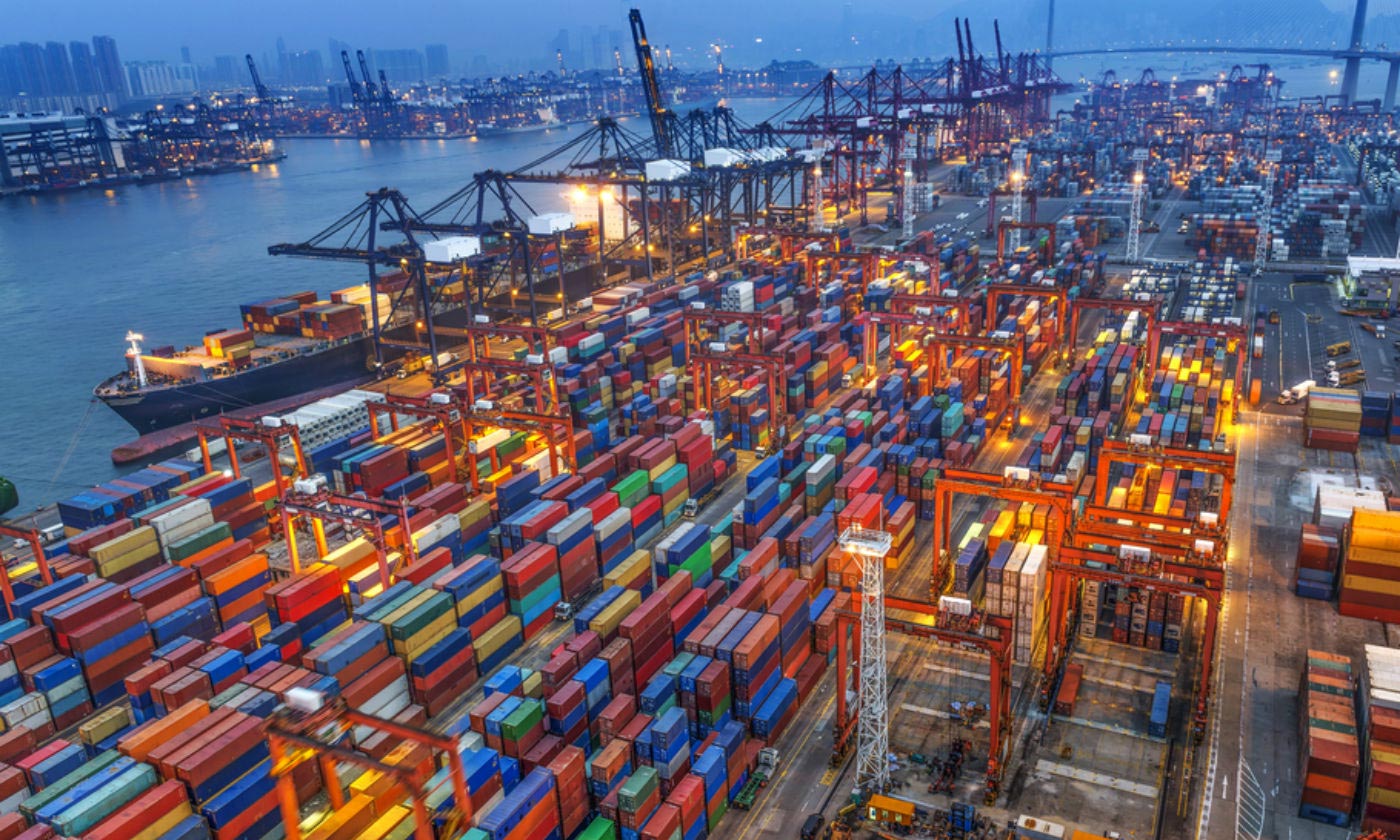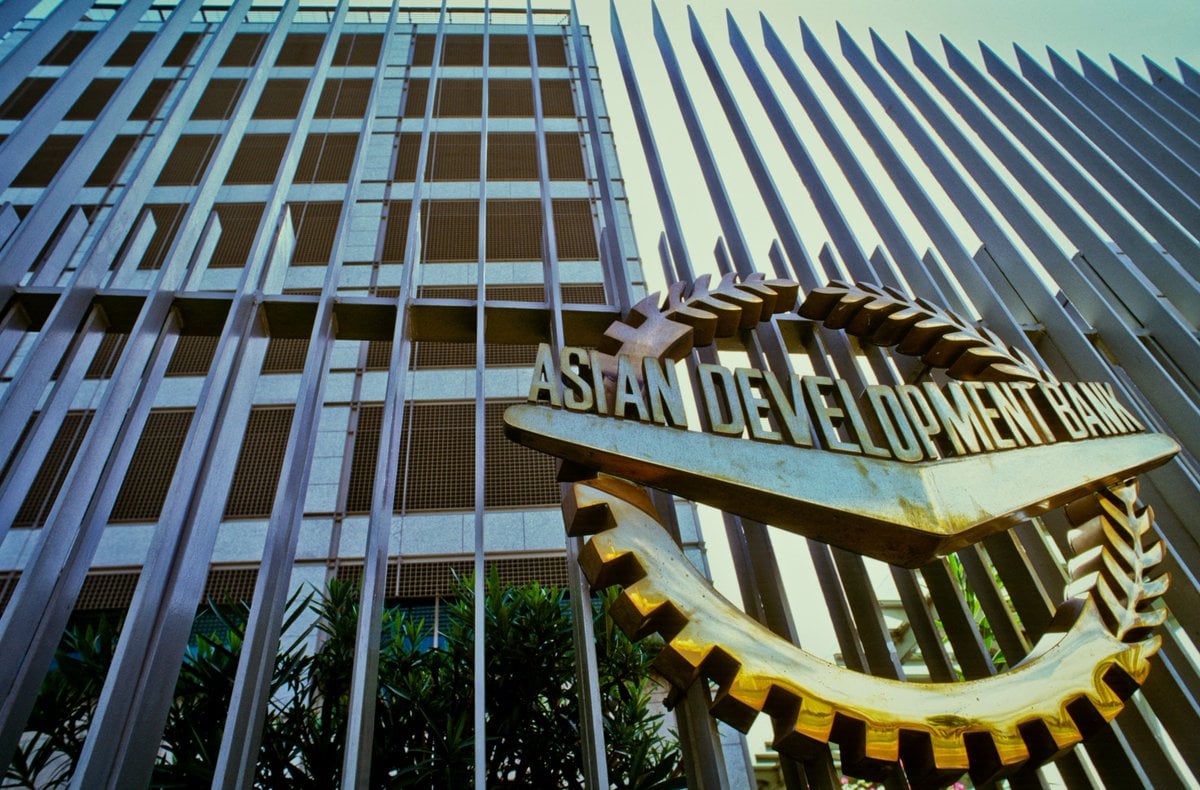PTBP Web Desk
The economic landscape of Pakistan experienced significant shifts in the first seven months of the fiscal year 2024-25, as detailed by the latest trade data from the Pakistan Bureau of Statistics (PBS). From July to January, Pakistan’s exports surged by a notable 9.98 percent, reaching a total of $19.551 billion compared to $17.777 billion in the corresponding period of the previous fiscal year, 2023-24.
This growth in exports was accompanied by an expansion in the trade deficit, which widened by 2.84 percent for the same period. The deficit rose to $13.488 billion from $13.116 billion, indicating that despite the increase in export volumes, imports outpaced them, leading to a larger gap in trade balance.
Imports into Pakistan also saw a substantial rise, increasing by 6.95 percent to $33.039 billion in the first seven months of FY 2024-25, up from $30.893 billion in the previous year. This increase in imports, while reflective of possibly higher economic activity or demand, contributed to the widening of the trade deficit.
Focusing on a monthly analysis, January 2025 presented a stark increase in the trade deficit on a year-on-year (YoY) basis, with a growth of 17.78 percent. The deficit for January stood at $2.313 billion, significantly higher than the $1.964 billion recorded in January of the last fiscal year. This monthly surge underscores the volatility in Pakistan’s trade dynamics, influenced by both domestic policy changes and global market conditions.
In terms of specific figures for January 2025, imports grew by 10.04 percent to $5.233 billion from $4.756 billion in January 2024. Meanwhile, exports for the month showed a modest increase of 4.59 percent, reaching $2.920 billion as opposed to $2.792 billion in the previous year. This discrepancy between the growth rates of imports and exports is a critical factor in the widening of the trade deficit.
These numbers reflect a complex economic scenario where increased exports are overshadowed by even greater import values. The implications are multifaceted, touching on issues such as foreign exchange reserves, the balance of payments, and the overall economic health of Pakistan. Policymakers are now faced with the challenge of stimulating export growth further while managing import dependencies to stabilize the trade balance.
The PBS data release serves as a crucial indicator for stakeholders in both the public and private sectors to assess the effectiveness of current trade policies and economic strategies. It also highlights the need for a more balanced approach to trade, possibly involving export promotion drives, import substitution strategies, or renegotiating trade agreements to benefit from global trade dynamics.




